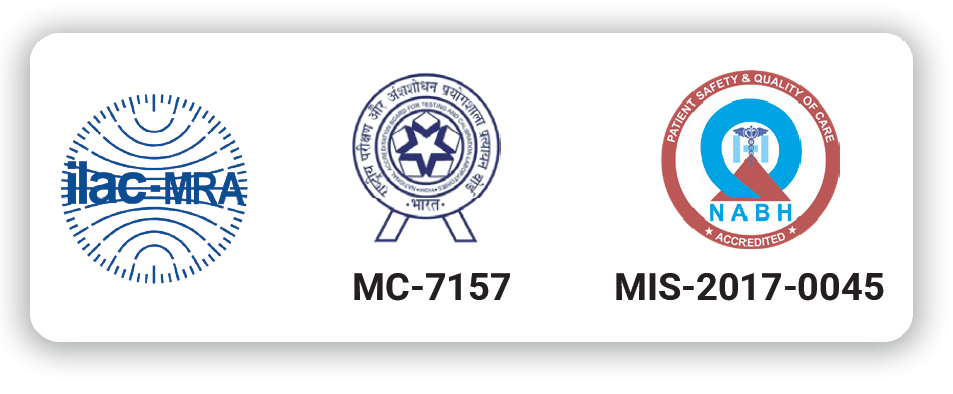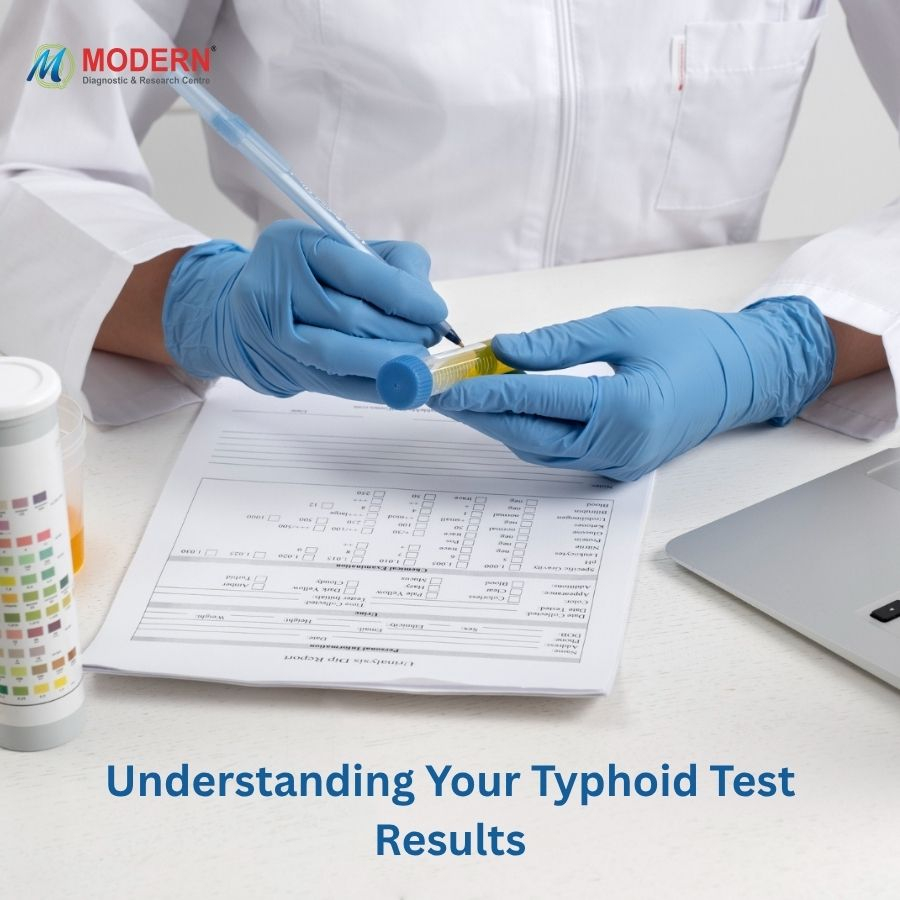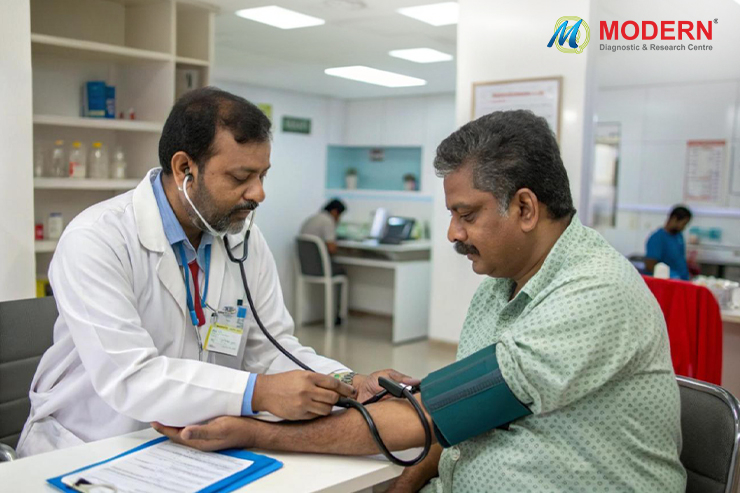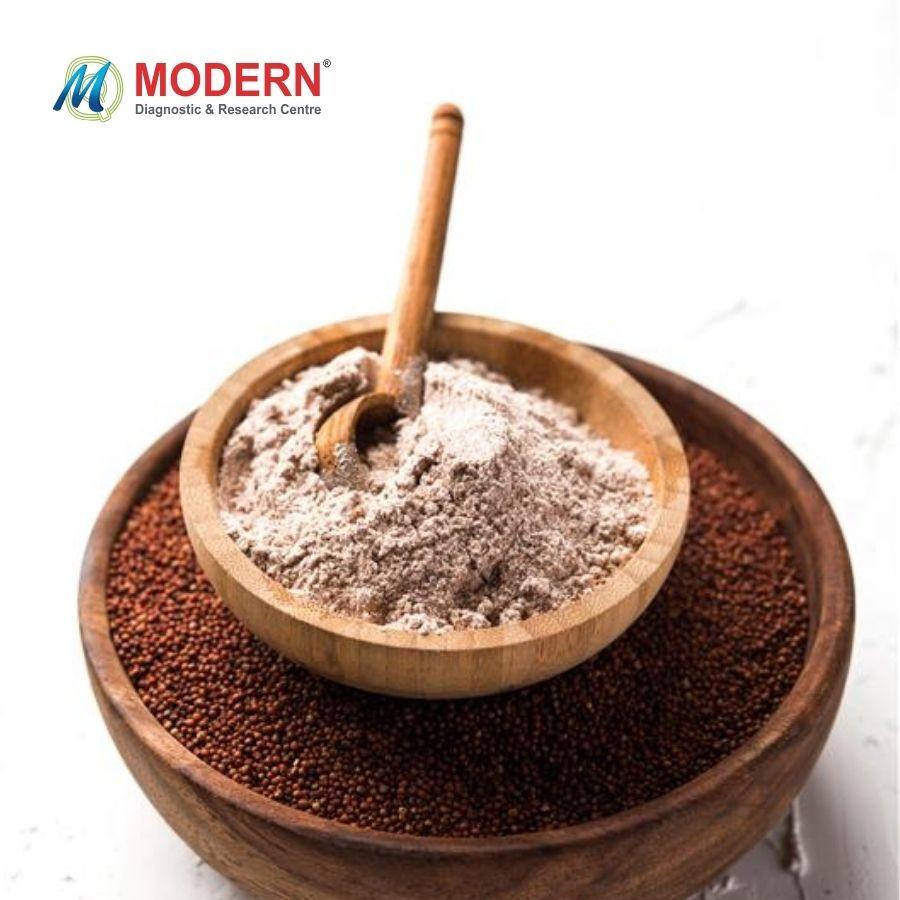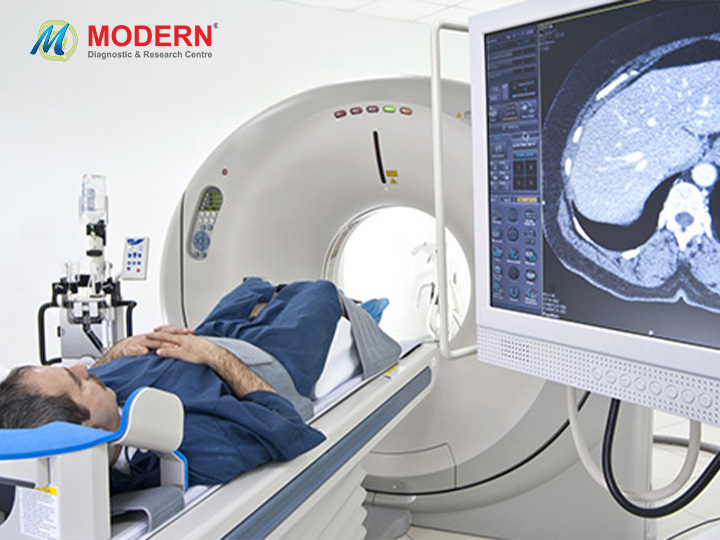Typhoid fever is a huge burden and headache to the Indian medical system. It is a severe bacterial infection caused by Salmonella Typhi. India faces the severe brunt of this disease, with approximately 4.5 million cases of typhoid reported annually. The bacterium Salmonella Typhi usually spreads through contaminated water, food, or contact with an infected person. If not treated properly, this disease can lead to serious life-threatening complications such as organ damage, intestinal perforation, and sepsis.
Therefore, it is crucial to get a diagnostic test if you experience any symptoms of typhoid. Getting the immediate report of the test is important to strategy the treatment process and quick recovery. There are several tests available to produce precise, accurate, and quick typhoid test results, such as the Widal Test, TyphiDot, Blood culture, and Stool/urine culture.
Types of Typhoid Tests and What They Measure
Widal Test: The Widal test was developed by a French physician named Georges Widal in the year 1896. For a long time, this test has been the major diagnostic tool to detect typhoid fever and produce accurate typhoid test results.
This is a serological blood test that detects the presence of antibodies, such as agglutinins, in response to Salmonella Typhi and Salmonella Paratyphi.
It targets the two main antigens:
- O antigen (somatic): This antigen is found in the outer cell wall of bacteria.
- H antigen (flagellar): This antigen is found in a tail-like structure called the flagella of the bacteria.
The Widal test helps confirm the disease in cases of prolonged fever, gastrointestinal disease, and other symptoms. Many diseases, such as Malaria, Dengue, and other bacteria-based diseases, have some similar symptoms.
Therefore, the Widal test is a vital tool in differentiating typhoid disease from the diseases mentioned above.
TyphiDot Test: TyphiDot is another diagnostic test that helps detect the presence of Salmonella Typhi bacteria in your system. When this typhoid-causing bacterium enters your body, the immune system starts releasing two antibodies - IgM and IgG to protect your body against the bacteria.
The TyphiDot test is designed to quantitatively measure and analyze the IgG and IgM antibodies released in response to Salmonella Typhi. The Typhidot IgM test is designed to generate quick and accurate typhoid test results.
The TyphiDot test is usually performed if you have the following symptoms of typhoid, such as prolonged fever, abdominal pain, diarrhea, cough, muscle weakness, loss of appetite, weight loss, etc.
Blood Culture: The blood culture test is used to detect infection-causing germs like bacteria and fungi. This simple blood test doesn't require much preparation. The pathology lab collects your blood sample to detect the infection-causing bacteria. The blood culture test is deemed to be the benchmark for typhoid detection. For an accurate diagnosis, a blood culture test is performed in the initial days of the disease.
Stool / Urine Test: For these typhoid test results, the stool and urine sample of the patient are sent to the lab, where they place the sample in a growth medium for bacterial growth and then detect the presence of Salmonella Typhi bacteria to confirm the disease.
If Salmonella Typhi is present in the stool sample, it will multiply and become visible under the microscope, confirming the infection. The stool/urine test is usually conducted in case your healthcare provider suspects the infection has spread to your intestines. Unlike the other tests, stool/urine tests take time to release your typhoid test results.
How to Interpret Your Widal Test Report
In Widal typhoid test results, titers refer to the measurement of the concentration of antibodies produced by the body in response to antigens of Salmonella Typhi i.e. O and H antigens.
If you want to understand the report of a widal test in simple terms, a result less than 1:160 is considered normal.
|
Antigens |
Negative Range |
Positive Range |
|
O |
Less than 1:80 |
1:160 or higher |
|
H |
Less than 1:160 |
1:160 or higher |
Limitations of the Widal test
The Widal Test is not always definitive. False positives or negatives may occur due to the following conditions:
-
Cross-reaction with other bacteria, like malaria
- Early-stage infection, when antibodies are not yet detectable.
- Prior typhoid vaccination can cause elevated titers.
What IgM and IgG Mean in TyphiDot Results
IgM antibodies are the first to appear in the bloodstream within a week of infection. A positive IgM antibody suggests that a person is currently infected with the Salmonella Typhi bacteria. This antibody helps detect the active cases that need immediate treatment.
IgG antibodies develop later and persist for months after the issue has been resolved. Positive IgG antibody in the system suggests past exposure to the typhoid-causing bacteria.
Interpretation of TyphiDot, typhoid test result:
IgM positive: Active or recent case of typhoid.
IgG positive: Past exposure to the bacteria.
IgG and IgM positive: Recent ongoing infection, with past exposure to bacteria.
IgG and IgM negative: No evidence of past or current infection.
Blood and Stool Cultures: Confirming Typhoid Infection
Blood, stool, and urine cultures are called the golden standards because they detect the presence of typhoid-causing bacteria rather than antibodies produced in response to the Salmonella typhi bacteria.
Positive results show Salmonella typhi bacteria in stool, which usually occurs in later stages of infection. It suggests an ongoing problem, whereas a negative result does not rule out typhoid.
The blood and stool culture typhoid test results are the standard, but they take more time to produce results than the above-mentioned methods.
What to Do After a Positive Typhoid Test Result
If you get a positive test report of typhoid, you immediately meet your healthcare provider and start your treatment.
Do not delay or ignore your treatment by self-medicating.
You should stay hydrated, rest, and eat hygienic food.
Isolation and hygiene are important to prevent transmission and keep your loved ones safe from your infection.
Follow-up testing and monitoring after treatment
After treatment and recovery, you should do follow-up testing to confirm recovery. It ensures the complete removal of Salmonella Typhi bacteria. Many people experience persistent symptoms even after completing their treatment. In such cases, follow-up testing becomes crucial.
Where to Get a Reliable Typhoid Test in Gurgaon
If you are looking for a trusted, reliable, and NABL-accredited diagnostic lab for typhoid tests in Gurgaon, the Modern Diagnostic Center is your answer. Modern Diagnostic Center is equipped with modern, advanced machines and experienced phlebotomists and other staff. Modern Diagnostic offers Widal, TyphiDot, blood culture, and stool tests for typhoid diagnosis. Our lab is known for its quick turnaround, precise, and accurate results. It also offers services like online booking and home collection of samples.
Managing Typhoid: Know Your Options
We should not panic if we have symptoms of typhoid. First, we should get a diagnostic test to understand the root cause of our problem, and then consult an experienced doctor to treat our condition. It is important to understand the report of our test. There are various methods available to detect typhoid, but it is important to visit a reliable testing center.


